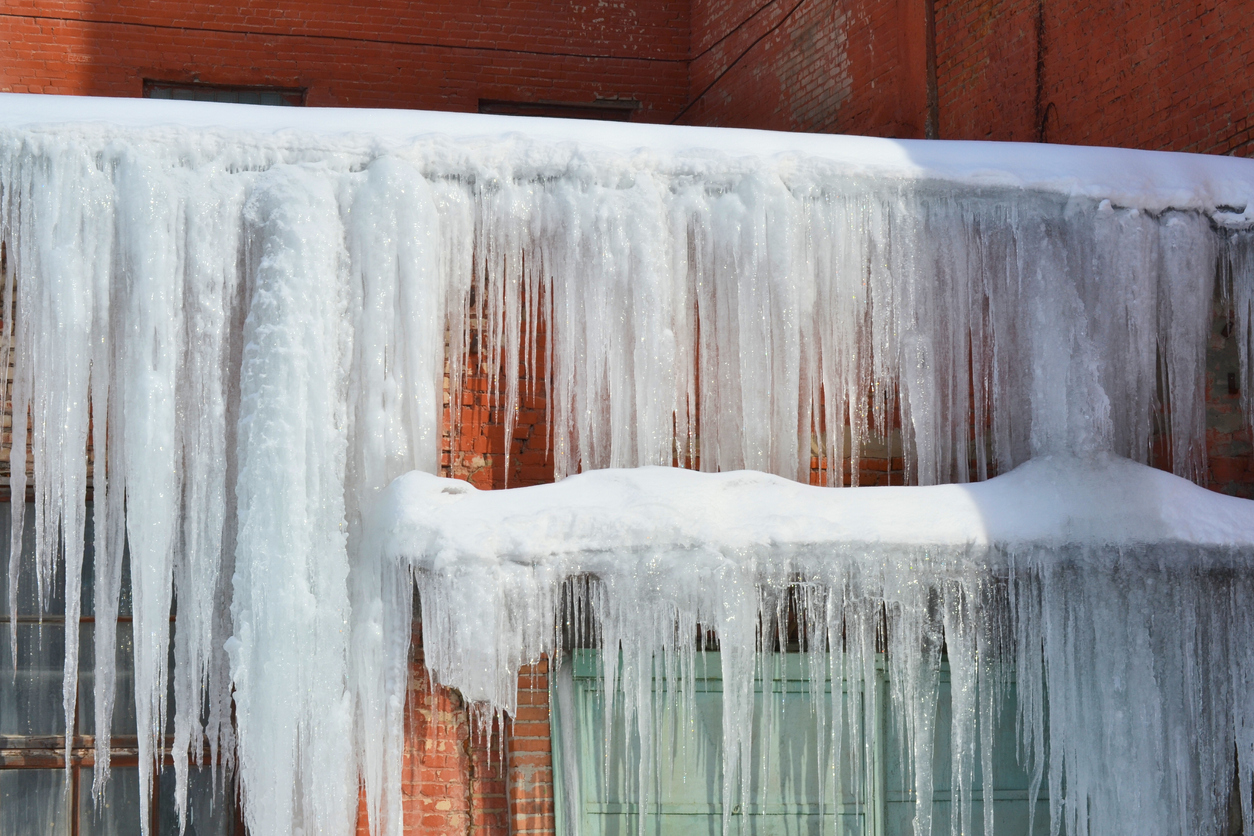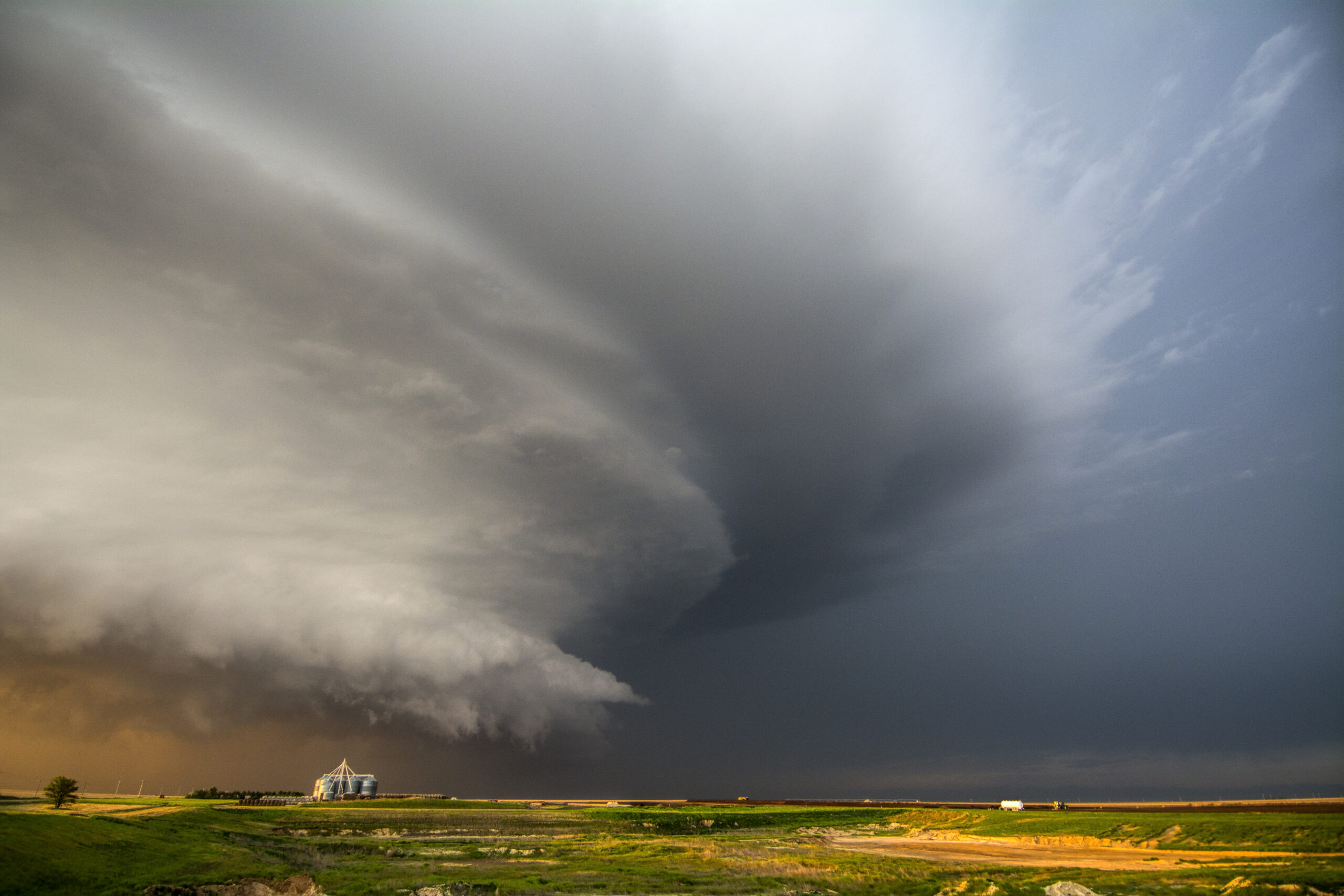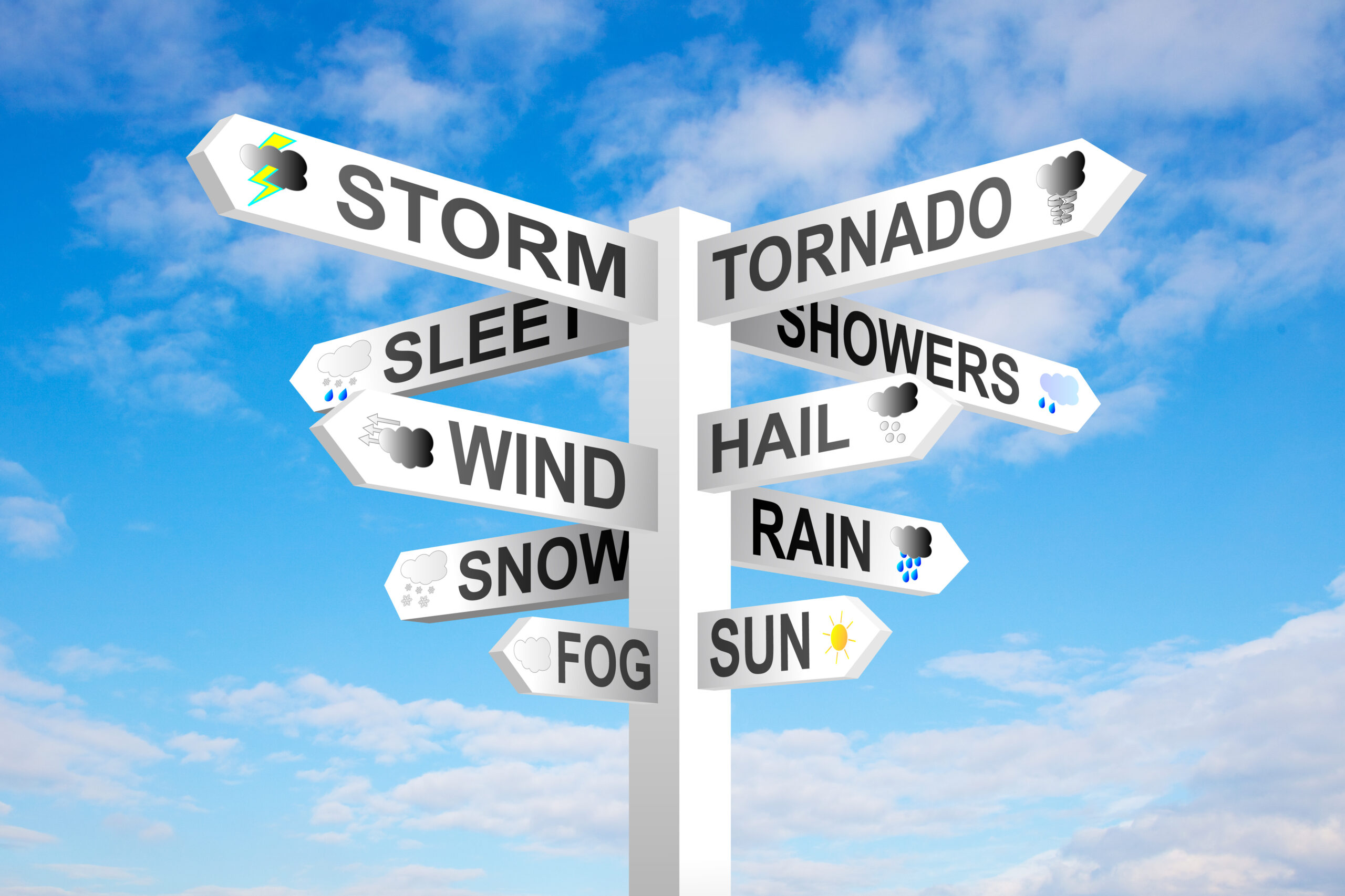Ice damming is a common winter concern for property owners anywhere there is snowy weather. The potential that ice can cause significant damage to a roof should not be overlooked, and proper steps to prevent damage should be taken. Understanding what ice damming is, how it occurs, and the potential impact it may have on your roof is essential to prevent costly repairs or potential insurance claims.
What is Ice Damming?
Ice damming occurs when accumulated snow melts and refreezes on your roof. This process often causes damage around the edges and joints of a roof over time. Ice Damming can be problematic for both pitched and low-slope roofing systems. However, unlike a pitched roof, a low slope system can not rely on gravity or roof angles to discard the ice or water. Therefore, low-slope systems are more prone to damage as a result of snow build-up due to the expansion and contraction resulting in the freezing, thawing, and refreezing process.
Low-Slope Roofs
Low-slope systems often deal with ponding following rain, or in this case, melting ice. In addition, the weight of accumulated snow on a flat roof can force water underneath the structure, causing interior leaks, which may not be evident for some time.
Commercial building owners or facility managers prevent potential hazards during the winter months by clearing snow and ice to commonly traveled areas, which provides safe access for employees, customers, and/or tenants. However, they often do remove snow from the roof throughout the season. This maintenance can make a significant difference in preventing potential damages following severe weather events.
How Do I Know If I Have Ice Dam Damage To My Low-Slope Roof?
Often, the first noticeable sign that your roof has experienced ice damming is interior leaking. However, additional signs to pay attention to are interior sagging and interior doors being difficult to open.
Pitched Roofing Systems
When snow accumulates on a pitched system, the upper area of the roof often warms faster than the lower edges near the eaves. Therefore, as snow begins to melt and run down to the edges where the roof is colder, it refreezes, causing an ice dam. This damming prevents melting snow from draining, which then pools and can seep back into the interior of the building. This process can take time before the evidence is noticeable, meaning that the damage can already be extensive by this point.
In our experience, ice dams can cause water to soak through roof decking and saturate insulation before traveling to the interior ceiling, drywall, and even flooring. This damage can result in further damage if not properly treated.
View more on preventing ice damming.
Can I File an Insurance Claim For Ice Damming?
Most insurance policies provide coverage for ice-related damage caused by the weight of snow, sleet and/or ice. Before filing an insurance claim for potential ice dam damages, it is a good idea to have a policy review to ensure coverage is available and that the damage is significant enough to substantiate filing a claim.
Filing a claim without knowing the amount of damage or the coverage available can result in underpaid or denied claims. To avoid unfavorable results, consider having a licensed Public Adjuster review the claim and your policy to ensure the most successful outcome.







